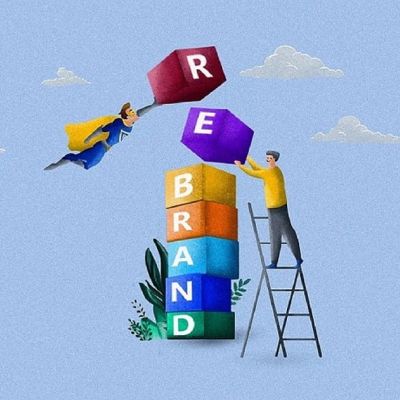Cracker Barrel has been a staple of American dining for decades—a brand synonymous with comfort food, Southern charm, and nostalgia. But when the company unveiled its new logo as part of a $700 million modernization campaign, the internet erupted. Some cheered the fresh look, while others accused the brand of “going woke” or “erasing history.”
Even more troubling, some media outlets went further, framing the rebrand as racially charged. But is that accurate? Or is it just sensationalism driving clicks? Let’s dig into the truth.
What Actually Changed in Cracker Barrel’s Rebrand?
The new branding moves away from the iconic illustration of “Uncle Herschel” leaning on a barrel—a fixture since 1977—and returns to a more minimal text-focused design reminiscent of the company’s original 1969 look. The company claims the change is about modernization and digital adaptability, not politics or identity.
Cracker Barrel’s Chief Marketing Officer confirmed that legacy elements like Uncle Herschel and the brand’s “soul” remain part of the restaurant experience. This wasn’t about erasing heritage—it was about staying relevant in a competitive market.
Where the Media Narrative Went Off Track
Several media outlets and commentators suggested the change was racially motivated or an attempt to appease “woke culture.” Some headlines even implied that removing the white male figure from the logo was an anti-white statement.
Here’s why that framing is flawed:
✔ The term “Cracker Barrel” has nothing to do with racial slurs. It historically refers to barrels of soda crackers in country stores, where people gathered to chat—long before any modern racial context existed.
✔ The backlash is more about nostalgia than race. Customers feel emotionally connected to the old imagery. Changing it feels like losing a piece of cultural Americana, not a racial issue.
✔ There’s no evidence of racial intent. Cracker Barrel never cited diversity, inclusion, or political correctness as the reason.
Why Did People React So Strongly?
Rebrands are emotional. When people grow up seeing a familiar logo, that image becomes tied to memories and feelings. Removing it feels like a betrayal—even if the company’s values remain unchanged.
Cracker Barrel’s challenge wasn’t the new design itself—it was the rollout. Lack of emotional engagement, storytelling, and transitional branding fueled the backlash.
The Real Lesson: Stop Oversimplifying Everything
Not every corporate change is political. Not every design update signals an ideological war. The media loves polarizing stories because they generate clicks, but this narrative distracts from the real takeaway: heritage brands must balance modernization with nostalgia—and communicate that balance clearly.
Final Thoughts
Cracker Barrel’s new look isn’t about racism, and it’s not “going woke.” It’s about adapting to digital platforms and appealing to new generations without abandoning its roots. The media’s framing may sell stories, but it doesn’t tell the truth.
At the end of the day, a logo change can’t erase a legacy—but a lack of clear messaging can cause unnecessary chaos.





